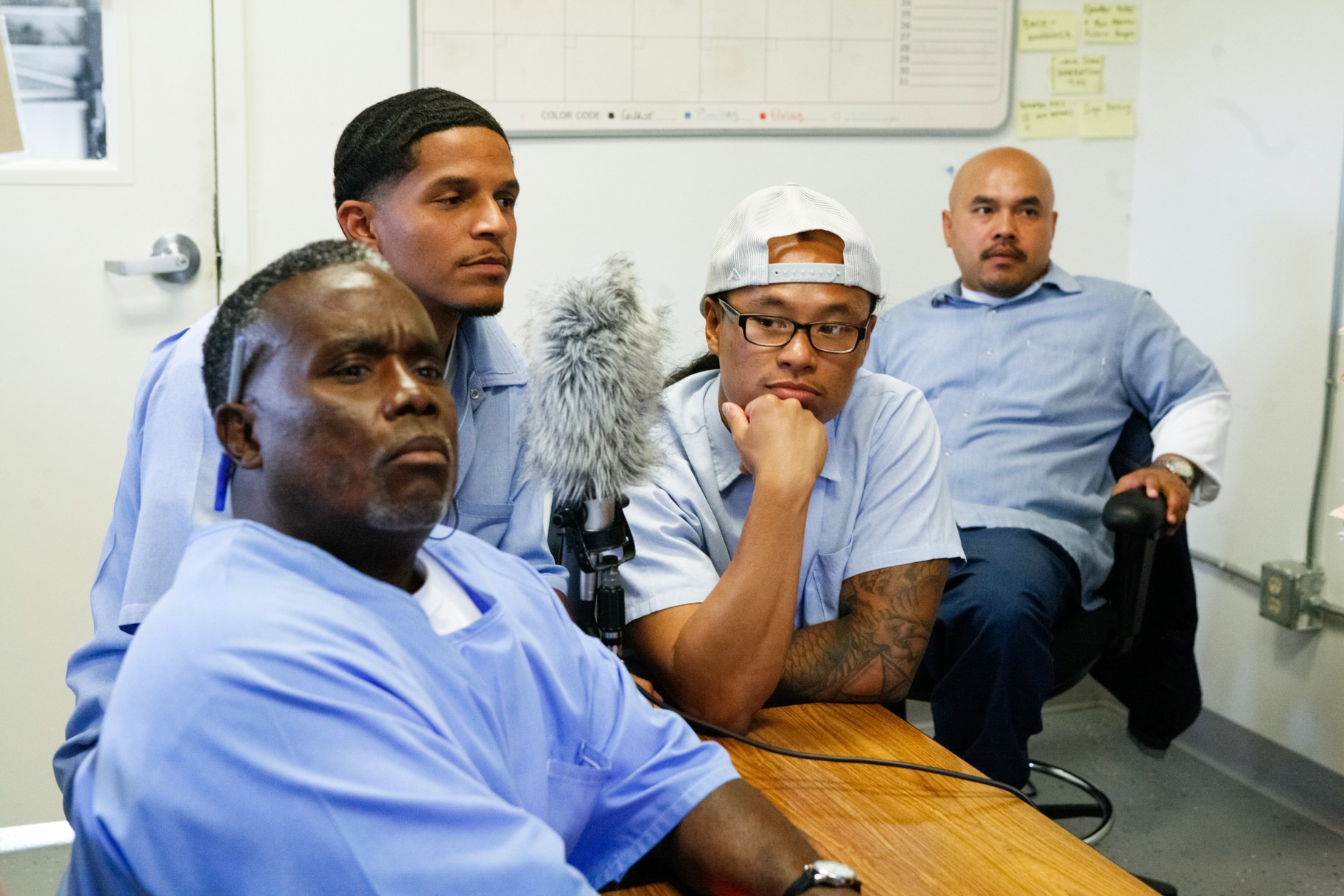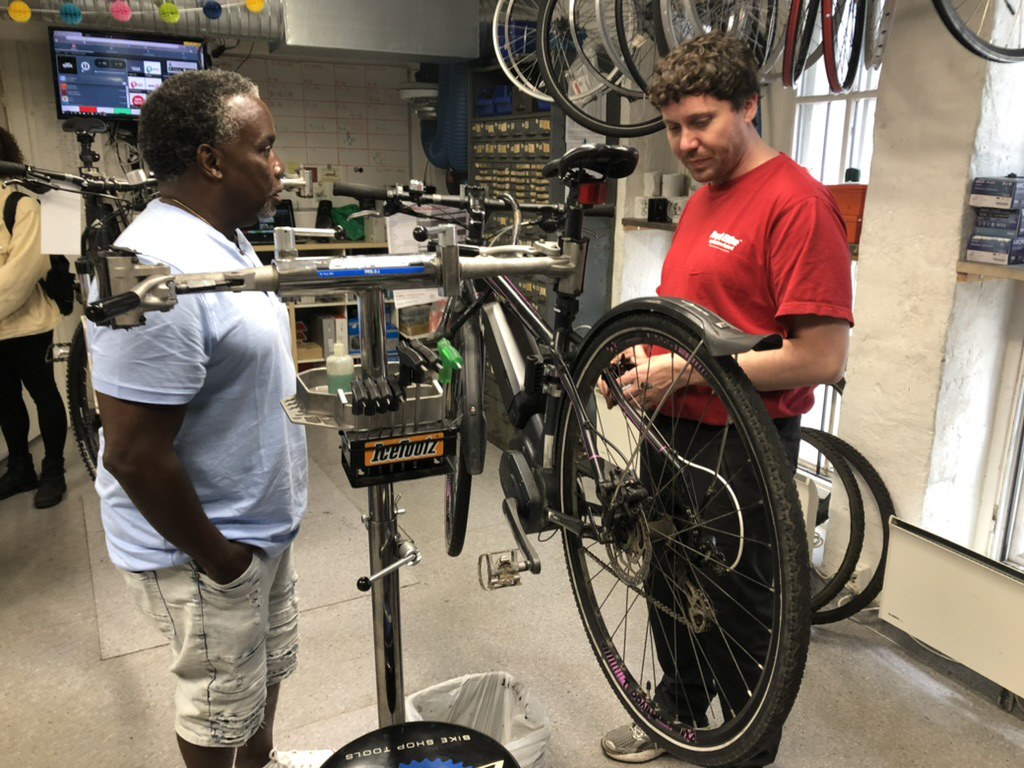San Quentin is the oldest and most notorious prison in California. Home to over 3,000 incarcerated people, it’s been the subject of multiple investigations for abuse, neglect, and overcrowding.
Governor Gavin Newsom recently announced his plan to radically transform prisons in California, and he wants to start by turning San Quentin into what he calls the “preeminent restorative justice facility in the world.”
The reimagined San Quentin Rehabilitation Center would include job training, additional programming, and extensive services to disrupt the cycle of recidivism and help prepare people for productive lives on the outside.
The governor cited Norway’s prison system as a model, but questions remain about the feasibility of this approach in an American context. Such an overhaul would require overcoming gangs, racial divides, and structural inequality that runs much deeper in the U.S. than Scandinavia.
However, San Quentin is not starting from square one. Despite its infamous past, the facility is now often referred to as the “Harvard of prisons.”
Nate McKinney from Hawthorne spent more than 20 years at San Quentin before paroling last year. While inside, he was the managing editor of San Quentin News and co-founder of the Uncuffed podcast, which gave folks in prison a voice. McKinney explains that in his experience, times have changed at San Quentin.
“The State of California, through the process of rehabilitation, has tried to transform the prison into a model of California success by taking out … violence and blood and warehousing human beings, [and transforming] into a more restorative mode.”
McKinney claims that the educational and therapeutic programs available to him changed his life trajectory.
“[It] was an easement [and] a transitional period for me, in order to find out that I am worth it, and anybody and everybody [can] change. … When you're able to decode the situations and circumstances that even brought you to prison … you're able to have that aha moment and say, ‘Oh, I understand.’ When you know better, you [can] do better.”

Nate McKinney (far left) and other members of the Uncuffed team are photographed in San Quentin in 2019. Photo courtesy of KALW Uncuffed.
Shortly after his release, McKinney was on a plane to Norway with several members of the Uncuffed team to witness the country’s approach to incarceration. What he saw was completely different from the world he knew at San Quentin.
“When we first got there, I didn't see any bars. I didn't see any uniforms. … I [saw] houses, individual houses … spread out across the landscape. It reminded me of a scene [from] ‘Little House on the Prairie’ because I started seeing animals. I started seeing horses. And I was like, wow, it's like we took a trip to the farm.”
According to McKinney, this type of treatment wasn’t reserved for nonviolent offenders. Prisoners at the facility were in for everything from “hopscotch to murder.” Even people convicted of more serious crimes were on a step-down program leading toward release.

Nate McKinney visits a bike shop in Oslo that employs formerly incarcerated people. Photo by Sonia Paul.
Despite the extreme gulf between what he saw in Norway and his experience at San Quentin, which is still a cramped concrete facility, McKinney believes the Scandinavian model and its emphasis on reintegration could work in America.
In his mind, there are “people that [have] been serving decades in prison that could come home tonight, without any shift shock, and be productive members of society. Because no one stays in that snapshot of violence … who's grown.”
When asked about the fact that many Americans believe that prison should be a place for punishment and not second chances, McKinney mentioned that even most violent offenders are eventually returning home.
With this in mind, he says we need to think deeply about the kind of environment we are creating behind bars.
“You got to ask yourself, what do I want? What do I want to invest in? To perpetrate this violent predator? Or do I want to humanize and treat this person like we care? Because that's how he's gonna treat you once he's released.”
